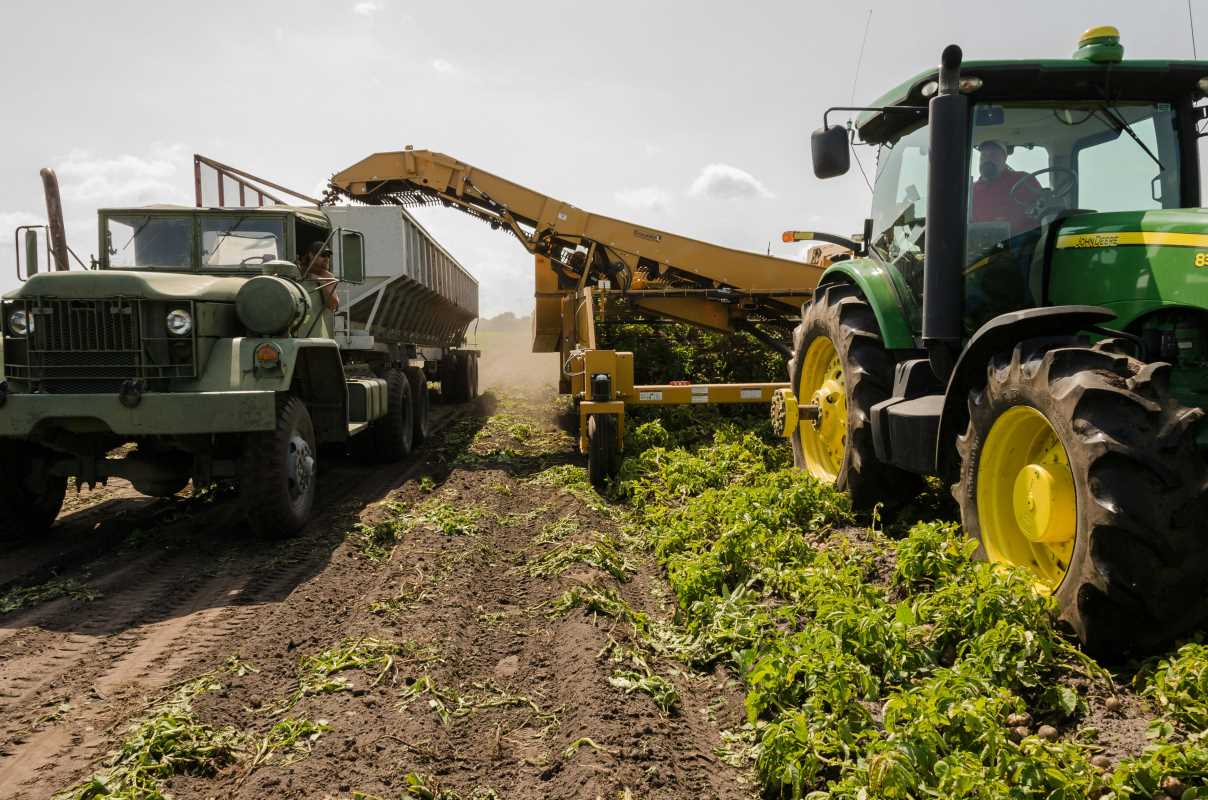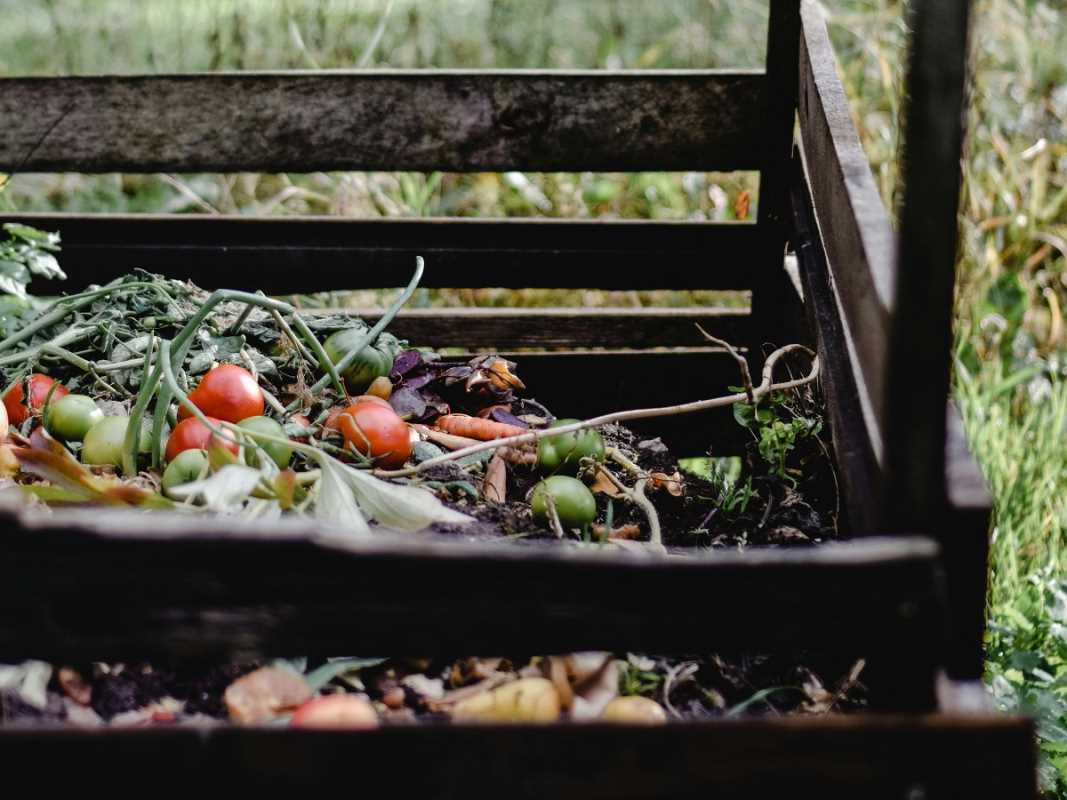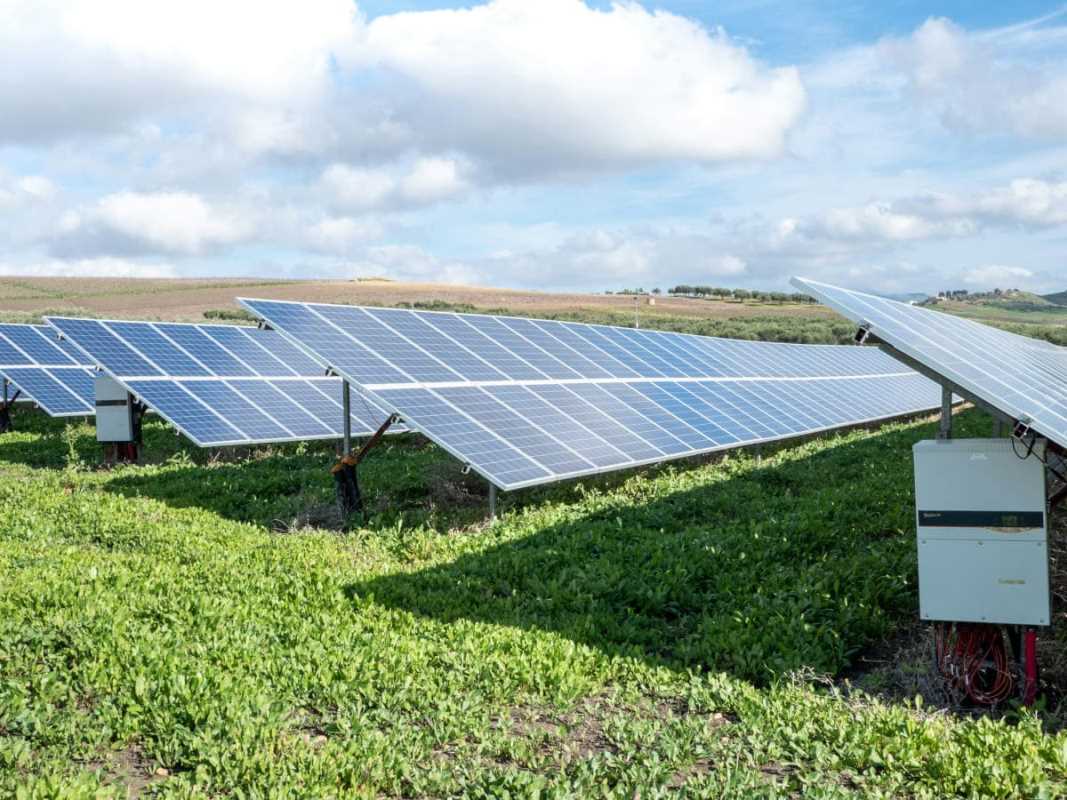Harvesting crops requires careful coordination, and managing all the details can quickly become overwhelming when relying on traditional methods. Manual paperwork often results in misplaced information, unclear communication, and countless hours spent on repetitive chores. By using smart home inventory apps, you can organize produce records with ease, update data in real time, and keep daily routines running smoothly. These digital tools break down complicated tracking into a simple, streamlined workflow so you can devote more energy to productive tasks and less time sorting through paperwork.
Modern technology now allows you to transform your harvest tracking into a streamlined process where accuracy and real-time updates are at your fingertips. With the help of these apps, you can easily record yield quantities, track storage levels, and plan future harvests while eliminating bulky paperwork.
Common Challenges in Harvest Tracking
Manual tracking in agricultural operations can be a significant hurdle. Many operations struggle with maintaining clear records due to outdated systems and scattered spreadsheets. These challenges decrease efficiency, hinder decision-making, and cause missed opportunities for growth.
The following bullet points outline some common issues faced during harvest tracking:
- Inaccurate data entries that distort overall yield calculations.
- Lost or misplaced records due to paper-based documentation.
- Difficulties in timely updates and consolidating information from multiple sources.
- Time-consuming manual processes that detract from physical field management.
What Are Smart Home Inventory Apps?
Smart home inventory apps serve as a modern solution to traditional record-keeping issues. They integrate digital solutions into your daily operations, replacing cumbersome manual logs with streamlined data management. These applications not only track harvest information but also sync with real-time updates and remote monitoring features.
Here are the core features that set these apps apart:
- User-friendly dashboards that display current stock and pending harvests.
- Automated data input options to minimize manual errors.
- Real-time syncing with connected devices for immediate updates.
- Customizable alerts that help schedule harvest dates and storage evaluations.
- Integration with accounting systems for smooth reporting and budgeting.
Setting Up an Inventory App for Your Harvest
Getting started with a smart inventory app is easier than you might think. First, pick a platform that matches your operation's needs and scale. Many apps allow you to sync data from multiple sources, creating one comprehensive view of your harvest. Once you set it up, you can quickly import existing records, enabling you to update details without starting from scratch.
Follow these clear steps to incorporate the app into your daily routine:
- Download and install the chosen inventory app on your preferred devices.
- Create an account and set up your profile with essential operation details.
- Import previous harvest records or input new entries to establish a baseline.
- Configure notifications and alerts for timely updates on harvest progress.
- Train your team on using the app to ensure consistent data entry and management.
This systematic approach helps you start with organized data while building confidence in the digital solution.
Benefits of Using Smart Inventory Apps
Using a smart inventory app offers tangible benefits that go beyond simple record keeping. These applications reduce manual labor and improve overall operational efficiency. They help you maintain clarity in stock levels and financial records, while allowing you to anticipate future needs more accurately. Moving from paperwork to digital tracking enables you to respond proactively to harvest variations and market demands.
The following advantages highlight the positive impact of these digital tools:
- Accurate record-keeping that minimizes human error.
- Saves valuable time previously spent on manual entries.
- Real-time updates that keep all team members informed.
- Easier compliance with reporting and regulatory requirements.
- Better decision-making through clear, accessible data.
Additionally, this smart approach helps you achieve effortless harvest tracking, ensuring that your operation runs smoothly and efficiently.
Select the Right App for Your Operation
Choosing an inventory app requires a clear understanding of your operational needs and workflow habits. Start by listing key features that directly impact your harvest tracking. Check whether the app can integrate with tools you already use and if it supports remote updates and multi-device synchronization. Read user reviews and try out trial versions to assess usability in real-world conditions.
Take time to evaluate the reliability of customer support and the frequency of software updates. A platform that adapts to changing demands and includes clear guidance on best practices will prove more useful. Pick an app that matches your scale, offers flexible options, and provides training resources to help you maximize its features from the beginning.
Practical Tips for Improving Efficiency
Simple tips can make your switch to a digital tracking system much smoother. Small adjustments in how you record or review data can lead to significant improvements in the consistency and accuracy of your records. Easy process changes can significantly reduce stress during peak harvest times.
Consider these practical tips to get the most out of your smart inventory app:
- Update the system regularly to ensure all new data is captured in real time.
- Schedule periodic reviews to verify that the app’s settings match your evolving needs.
- Engage with support communities or forums for shared insights and troubleshooting tips.
- Encourage your team members to give feedback on the app’s functionality to improve its use.
- Set up custom reports that highlight critical data points, aiding faster decision-making.
Smart home inventory apps automate harvest tracking, saving time and improving accuracy. This technology ensures clear records and a more organized harvest process.







